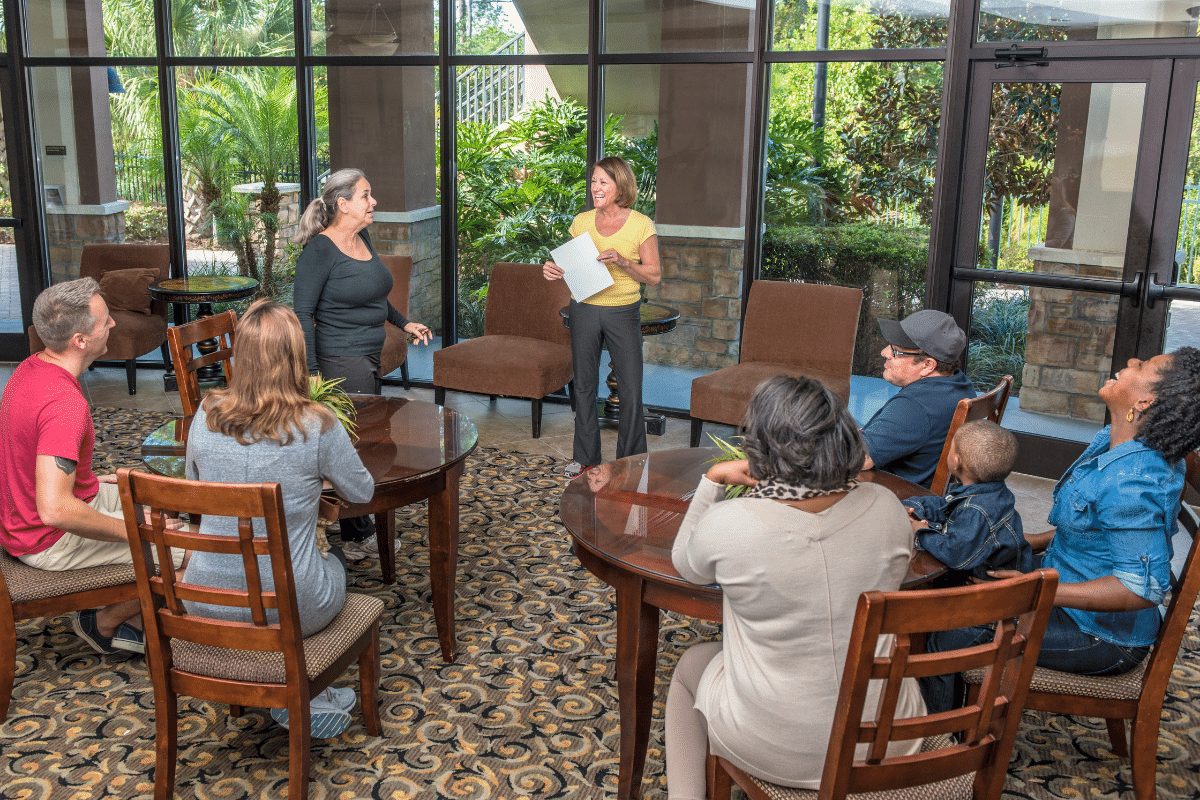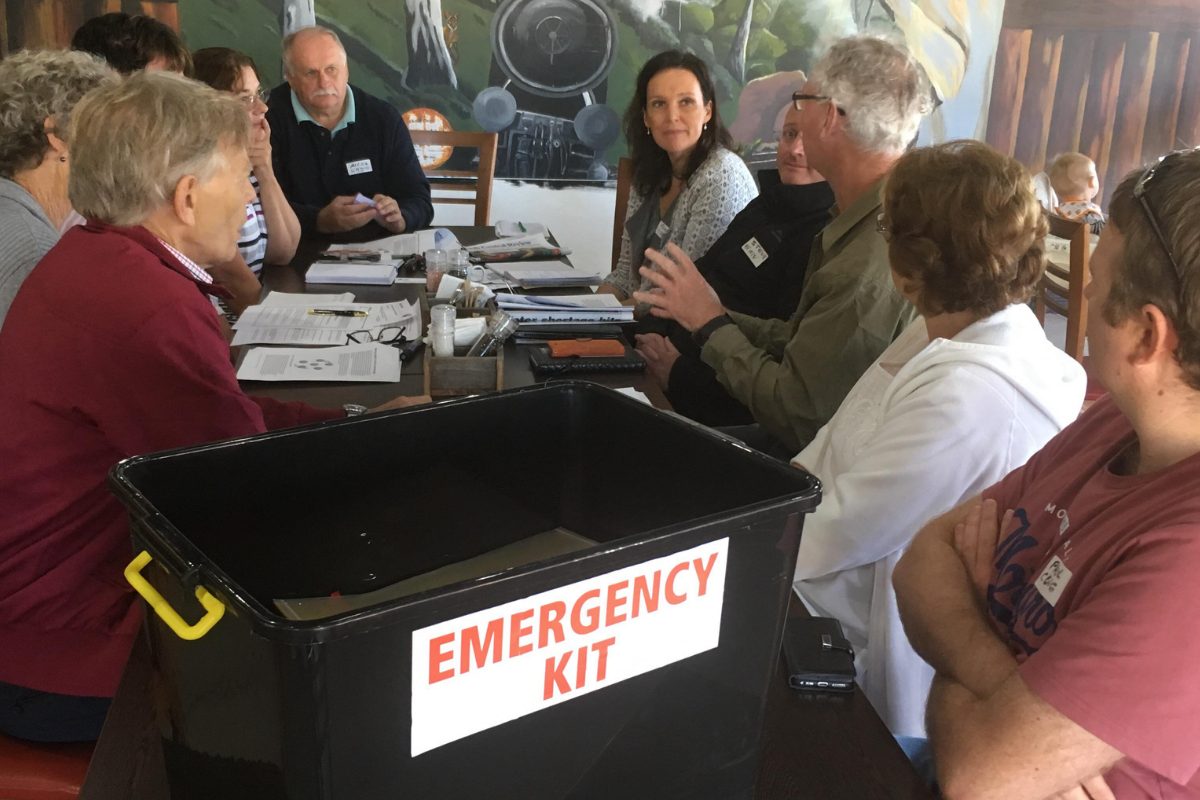Solutions for Communities
Disaster Giving Collective
$No cost to communities
Has your community joined the national Disaster Giving Collective – as we innovate how disaster goodwill is given and received?
corporate2community (C2C) is proud to be leading a national approach to create good giving principles that will benefit governments, communities and businesses – before, during and after disaster impacts.
These principles are being developed alongside multi-stakeholders in communities, all levels of government, non-profits, corporates and small businesses to support a new culture of disaster giving.
Outcomes from these principles will lead to a corporate pledge and new approach to support how communities receive goodwill. We’re leading this because we know that unhelpful giving can harm communities more than the disaster itself.
We know that unwanted goods, volunteers or inaccessible funds can feel like a second disaster to a community in crisis.
Contact us to enquire about how your community can participate in the Disaster Giving Collective and benefit from a better way to manage donated:
- Cash
- Goods
- Skilled or un-skilled services
Having spent early 2020 in many of the bushfire impacted communities, I saw first-hand the second disaster they experienced – unwanted goods and uncoordinated giving. Now is the time to plan for future disasters and the next wave of goodwill.
What is the Disaster Giving Collective?
The Disaster Giving Collective is a solution developed by corporate2community (C2C) to fill a gap.
The gap is simple:
- We need more effective ways for corporates and individuals to give before, during and after disasters; and
- We need more effective ways for communities to receive before, during and after disasters.
C2C is proud to lead this solution and bring multi-stakeholders together to support a new culture of disaster giving.
Why is C2C leading the Disaster Giving Collective?
C2C experts have been working in the disaster space for many years.
In 2013, C2C founder Renae Hanvin established a Public Ancillary Fund (PuAF) and national grants program for Australia Post – which included a disaster giving option.
In fact, C2C was created based on this experience – to better connect corporate help to community needs.
Corporate donations made after the 2019-2020 bushfires showed how positive industry and business support can be. The funding from corporates and other donors can greatly help communities in their times of need and bring economic benefits to governments.
But these donations also highlighted the importance of educated giving.
Helpful giving can make the world of difference to a community to support preparedness, resilience and short-to-long term relief and recovery. It can help bring efficiencies to government recovery costs.
But not all donations are welcome. Unhelpful giving can harm communities more than the disaster itself. Unwanted goods, volunteers or inaccessible funds can feel like a second disaster to a community in crisis.
What is the benefit to a community to join the Disaster Giving Collective?
There are many benefits to communities from this solution.
Benefits include:
- Participate in the development of national good giving principles
- Receive more direct goodwill that you actually want
- Share your real-time community needs
- Set the processes that most benefit your community
- Establish systems before you need to activate
Contact us to discuss the benefits to your community.
How can I join the Disaster Giving Collective?
Complete the Contact Us form on this webpage and we will connect with you directly to discuss opportunities to join the Disaster Giving Collective.
How much does it cost?
There is no cost to communities.
We are implementing this solution as part of our social enterprise commitment to reinvest minimum 50% of our profits into building community resilience.
The remaining costs will be covered by partners we engage from corporates, government, philanthropy and other relevant funders.



